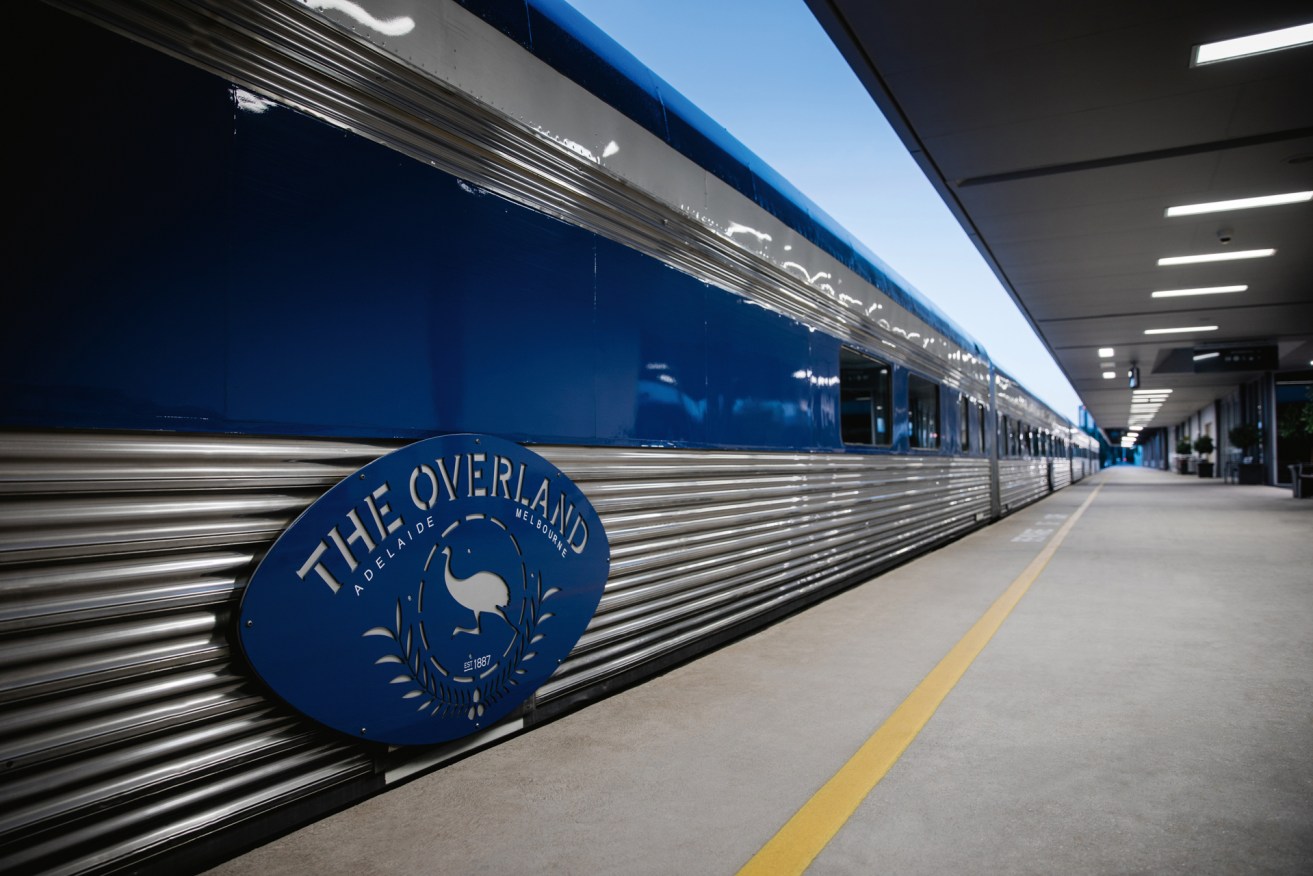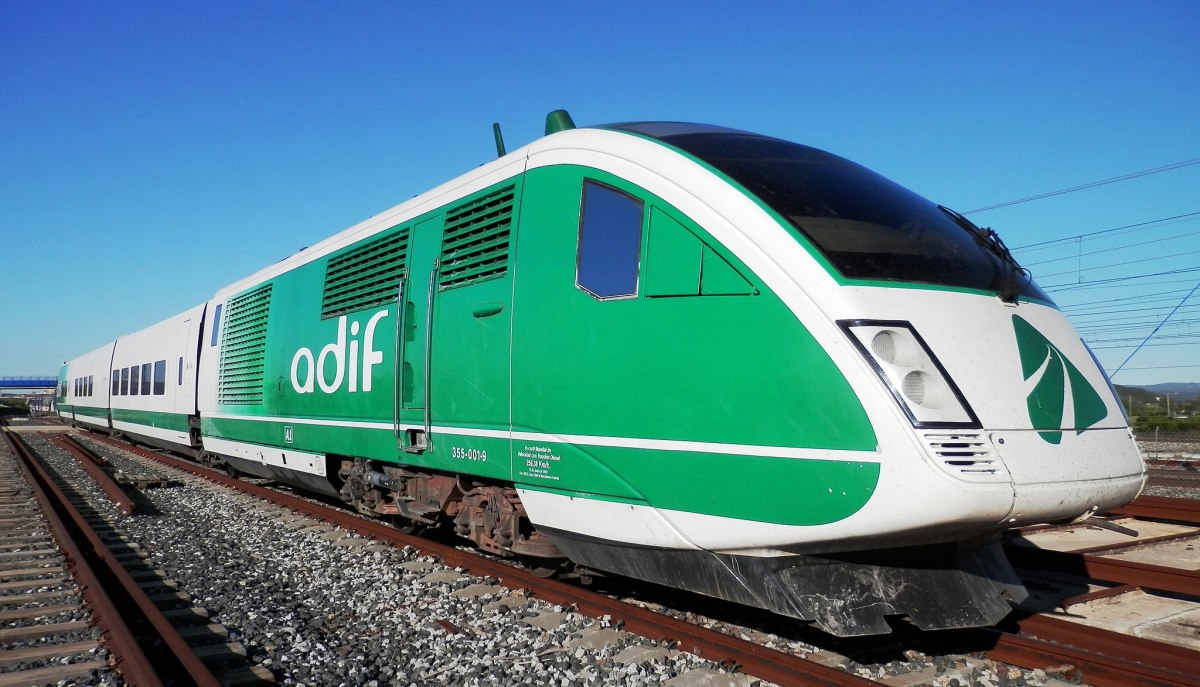How to save The Overland – for the long-term
The Overland train service between Adelaide and Melbourne can be radically re-imagined to ensure its long-term viability, without breaking the bank, argues Edwin Michell.

Photo supplied
The Overland rail service between Adelaide and Melbourne is set to be discontinued after March 31 this year. We are told that the only thing that can save it is an extension of the present subsidy, however, there is little political or community will to do so, due to the present service’s slow speed and poor patronage.
The only long-term solution is for The Overland to become commercially viable in its own right. And to do this, the train’s travel time will have to be cut dramatically – to below the eight hours it takes to drive, at the very least.
This goal can be achieved for $50 million or less, which would cover the purchase and commissioning of new, state-of-the-art tilting trains. One model, in particular, stands out for use on The Overland – the Spanish-made Talgo XXI. It is the world’s fastest diesel-powered tilting train, with a top speed of 220km/h and an inertial tilt mechanism that offers 25 per cent faster speeds through the curves.
But the feature that really sets the Talgo apart is its dual gauge capability, meaning that it can operate seamlessly on the broad-gauge suburban networks of Melbourne and Adelaide, as well as on the standard-gauge interstate railway. No changes to the track would be required.
The current railway is 828km long and well maintained, with concrete sleepers and heavy, continuously welded rail – perfectly suited for higher speed operation. In fact, the majority of its length is presently rated at 130km/h+ for standard trains, meaning the Talgo should already be able to achieve over 160km/h.
Assuming a 25 per cent speed increase on the highly curved sections through the Adelaide Hills and on approach to Melbourne, and a 160km/h cruise speed through the long, flat and mostly straight run between Murray Bridge and Ararat, about 3.5 hours would be cut from the journey.
Using the dual-gauge system to take the shorter broad-gauge route via Ballarat, instead of the current standard-gauge route via Geelong, would save a further half-hour.
Fast, comfortable, accessible and energy-efficient rail travel does not have to be some distant dream.
Altogether, simply changing The Overland to a 160km/h dual-gauge tilt-train would reduce the total trip time to 6.5 hours, easily achieving the goal to beat driving. While unable to match the approximately three-hour CBD-to-CBD travel time of flying, The Overland would uniquely serve a multitude of intermediate regional destinations that presently have few or no public transport options. The faster travel time would facilitate more frequent and convenient departure times, appealing to a broader market.
European experience suggests that at a total trip time of 6.5 hours, The Overland might expect to capture a modest 5 per cent of the air travel market. Still, that’s a substantial 125,000 passengers per annum. Add in potential market capture from car, coach and the existing ridership of The Overland itself, and we’re at perhaps 220,000 passengers per annum, or about 600 passengers per day. Such a demand could be met by two trainsets (say, four cars and 200 seats) which would each offer two daily return trips.
But to keep The Overland going, you’ve not only got to attract more passengers, you’ve also got to do so at a profit.
Assuming an average fare level of $150 (accounting for a mix of first-class and economy fares, as well as shorter intermediate trips), annual revenue would be $33 million. With financing costs of 5 per cent, interest on capital would be $2.5 million. Further, if track access were charged according to the ARTC’s present price schedule, such charges would come to about $1.8 million per year.
Therefore, the break-even level of direct operation and maintenance costs would be $28.6 million, or roughly $0.17 per passenger-kilometre. To achieve a reasonably attractive return-on-revenue of 30 per cent (or $9.9 million per year), O&M costs would need to be kept below $0.11 per passenger-km.
This should be achievable, even with no subsidy. While other Australian regional rail services are notoriously inefficient, costing upwards of $0.30 per passenger-km, comparable operators in the UK and Europe typically range from $0.15-$0.20. By contrast, The Overland would not incur direct track maintenance or network operation costs, and the long route distance would mean that fixed and turnaround costs would be a much smaller share of total costs. US transport expert Alon Levy estimates that a lean, low-cost intercity rail operator could, in theory, keep all direct costs to as low as $0.05 per passenger-km.
Based on these numbers, The Overland can indeed be saved, and at a profit, even before considering value capture opportunities.

The Spanish Talgo XXI train, which Edwin Michell argues could significantly cut travel times between Adelaide and Melbourne. Photo: Fedekuki/Wikimedia Commons
The level of investment required is well within the capability of corporate or individual interests from either state. But it would require the co-operation of the South Australian and Victorian rail authorities to access their metropolitan networks and terminal stations, as well as to mandate that passenger trains be given scheduling priority over slower freight trains.
Looking a few years ahead, there would be demand for further speed improvements. By upgrading ungated level crossings and adding more passing loops, trains could cruise at their maximum speed of 220km/h, reducing travel time to below six hours.
Further ahead, perhaps by 2030, exurban fast rail projects in Adelaide and Melbourne could bypass the existing slow approaches to each terminal station, bringing travel time to around 4.5 hours. With as many as six daily services from each city, the train would arguably be more convenient than the plane, and command a large proportion of the total passenger market.
Fast, comfortable, accessible and energy-efficient rail travel does not have to be some distant dream.
A well-patronised transport service drives demand for its improvement, but a poorly patronised service drives calls for its abandonment.
A simple continuation of the present subsidy will do little more than delay the inevitable – new patronage must be attracted by a radical rethink of how we do intercity rail in this country.
The Overland is a remarkable business opportunity that has been hiding in plain sight, and our state governments should offer every encouragement to any private sector effort towards that end.
Rather than being the year The Overland dies, 2020 should be the year it is reborn.
Edwin Michell is an aerospace engineer and the author of the blog Hot Rails – Regional Fast Rail for Australia.
Want to comment?
Send us an email, making it clear which story you’re commenting on and including your full name (required for publication) and phone number (only for verification purposes). Please put “Reader views” in the subject.
We’ll publish the best comments in a regular “Reader Views” post. Your comments can be brief, or we can accept up to 350 words, or thereabouts.




